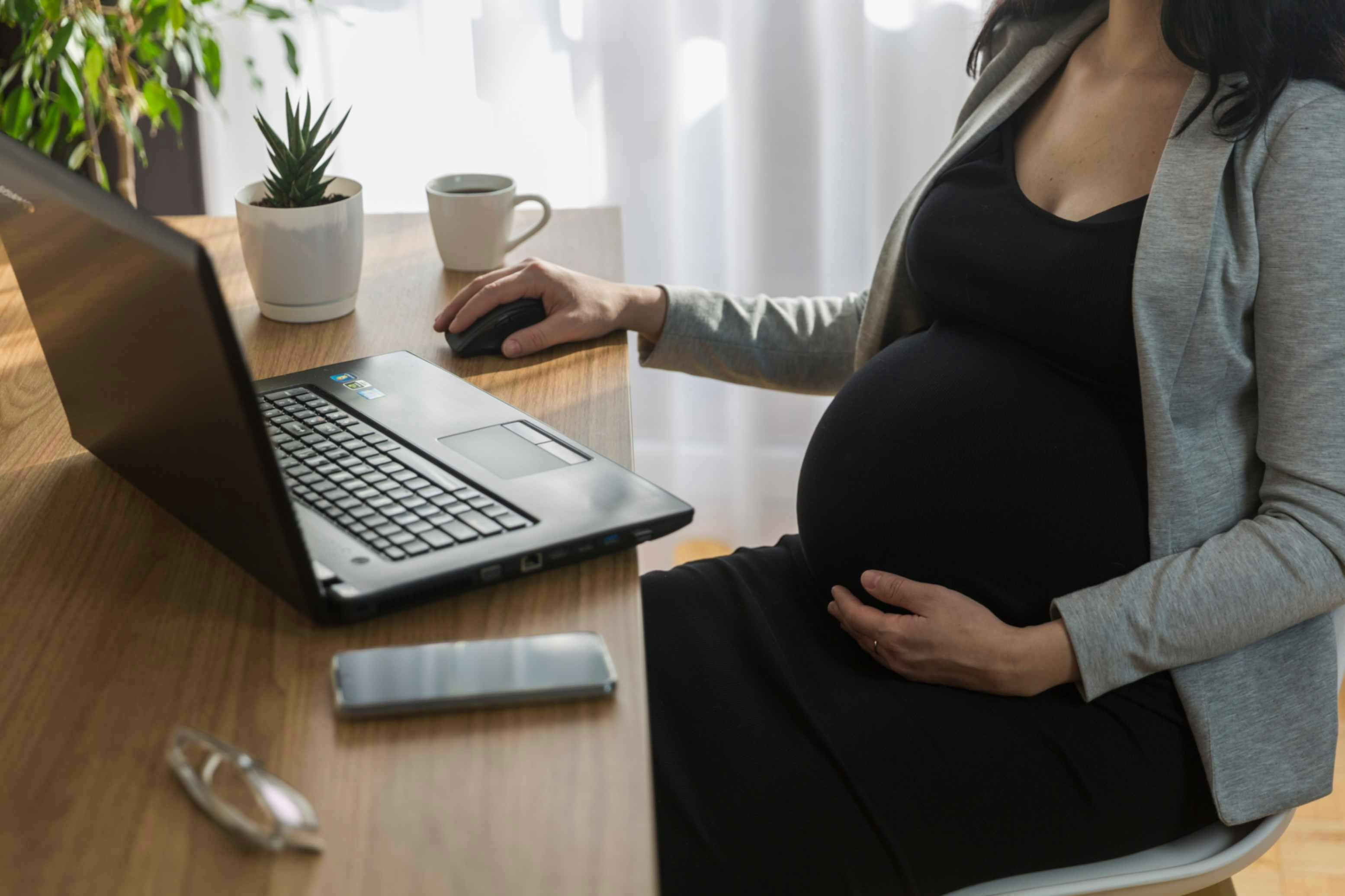What's the redundancy process?
Get instant, expert answers to your HR questions...

Peninsula Team, Peninsula Team
(Last updated )

Peninsula Team, Peninsula Team
(Last updated )
To learn about new redundancy rights for staff who are expecting to take (or already taking) family leave, here's what you need to know…
Certain employees have a special kind of protection in a redundancy. So if their job is ever at risk, they have more rights than other members of staff.
These special redundancy rights apply to any employees who are on family leave. This includes anyone on maternity, adoption or shared parental leave. And from 6th April 2024, these rights extend to pregnant staff too.
To learn what this law change means and how it affects your staff, here are the new rules…
(Trigger warning: mention of miscarriage / infant loss)
If you’re ever considering making redundancies, there are certain steps you have to follow (see the end of this section).
Staff who are on family leave have legal protection from redundancy while they’re off work. So if you have an employee who is in this position, you have to make them a priority. Meaning, you have to offer them a suitable alternative role in your company before anyone else (if one is available).
A pregnant employee doesn’t currently have this same right. However, they do have protection from discrimination. By law, you can’t choose an employee for redundancy – or put them at a disadvantage – just because they’re pregnant or on family leave.
And if you can’t prove that a redundancy isn’t connected to pregnancy or leave, you could face a discrimination and unfair dismissal claim.
However, you may have no other choice but to make an employee in this position redundant. This might be the case if you don’t have any alternative positions or they turn down your job offer. Then, you would need to complete a full and fair redundancy consultation process.
Get instant, expert answers to your HR questions...
On and after 6th April 2024, employees who tell you they’re pregnant will have the same special redundancy rights as those on family leave.
So, you will also have to offer pregnant staff an alternative role (if any are available) before other employees too.
This protection will start from the moment they tell you they’re pregnant. And it will last up until 18 months after their child’s expected week of childbirth (EWC) or the exact birth date (if they tell you this).
While pregnant staff will gain rights, employees who are already on leave and those who take leave in the future will have their rights extended.
So, their protection will end 18 months after their child’s EWC or date of placement if:
If your employee has a miscarriage before 24 weeks of their pregnancy, they still have redundancy protection. This lasts for two weeks after the end of their pregnancy.
If an employee loses a child after 24th week of pregnancy, they will still have their full entitlement to statutory maternity leave. So, the 18 month protection period would apply.
You should be aware that the statutory pay you have to provide to employees in a redundancy will also be increasing from 6th April 2024.
To reveal the new rate of redundancy pay for 2024, tap below:
Get instant, expert answers to your HR questions...
That’s a wrap on April’s mini-series - but big legal changes are now underway.
So if you have any questions or concerns about your HR, don’t forget you can book in for a free consultation with an expert today.
Move past your HR queries and staff concerns with advice from a CIPD-qualified expert.
Watch leading HR and Health & Safety experts unpack your biggest workplace issues, live
